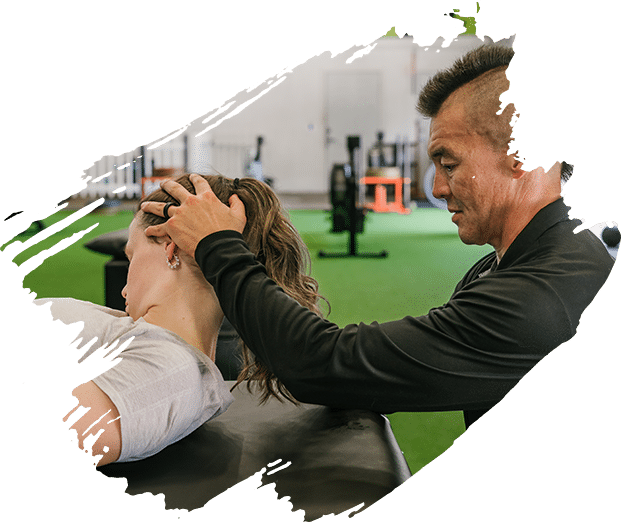 There are many articles about warming up before exercise. It's important to warm the muscles to get them pliable and avoid injury. However, cooling down after exercise is just as important, but it's often skipped. Why? In some cases, people don't realize it's important, but in most cases, they're tired and mentally done with anything that involves moving one more minute. It doesn't have to be that difficult. You can cool down, without significantly adding to your workout time.
There are many articles about warming up before exercise. It's important to warm the muscles to get them pliable and avoid injury. However, cooling down after exercise is just as important, but it's often skipped. Why? In some cases, people don't realize it's important, but in most cases, they're tired and mentally done with anything that involves moving one more minute. It doesn't have to be that difficult. You can cool down, without significantly adding to your workout time.
When you first finish your workout, your circulation is increased.
The increased circulation sends the blood supply to all parts of the body, warming every muscle. Much of the blood remains in the limbs. If you suddenly stop, it can cause the blood to pool in the extremities. If you suddenly stop, it can lead to blood pooling in the arms and legs because of reduced circulation. When that happens, there's not enough for the brain and people feel dizzy, weak ,or faint. In most cases, it's not a medical emergency, if you have a pre-existing condition, it can be. It can also cause injuries from falling.
Taking a few minutes to cool down can aid in recovery.
DOMS----delayed onset muscle soreness---is a condition that happens approximately 24 to 48 hours after a workout. It causes sudden pain that's almost unbearable. It can happen after an intense strength-building exercise or after a long run. It causes abnormal muscle contractions that occur due to microtears in the muscle. A California State University study following participants after strength training showed that cycling sessions to cool down reduced the potential for DOMS dramatically. The conclusion was that the mild circulation and stretching of cool down aided in muscle relaxation, lowering the risk.
Cooling down helps avoid injuries.
Just like warming up helps prevent injuries, the same is true of cooling down, but not as directly. When you warm up, you loosen the muscles, an intense workout adds to that flexibility. After working out, leg muscles can feel like jelly. The warmed muscles are pliable, making it the perfect time to do range-of-motion stretching as a cool-down exercise. You'll improve your range of motion while your muscles are more flexible.
- Stretching after a workout can be a cool down must be the correct type of stretching. Dynamic stretching, such as lunges, should be part of a warm-up. Static stretches that stretch and hold, like the cobra pose from yoga, are excellent for cooling down.
- Lactic acid can build up in the muscles after an intense workout. Ten minutes of cool-down exercises can help remove this waste byproduct from muscles and prevent burning pain and nausea.
- Static stretches, mild bicycling, and swimming are good exercises for cooling down. You can also modify your intense exercise, like walking after a run.
- If you aren't sure whether your body has cooled down enough, your heart rate will tell you. Cooling down allows the heart rate and breathing to return to normal, lowering body temperature and increasing endorphins.
For more information, contact us today at Habitat Health & Fitness

